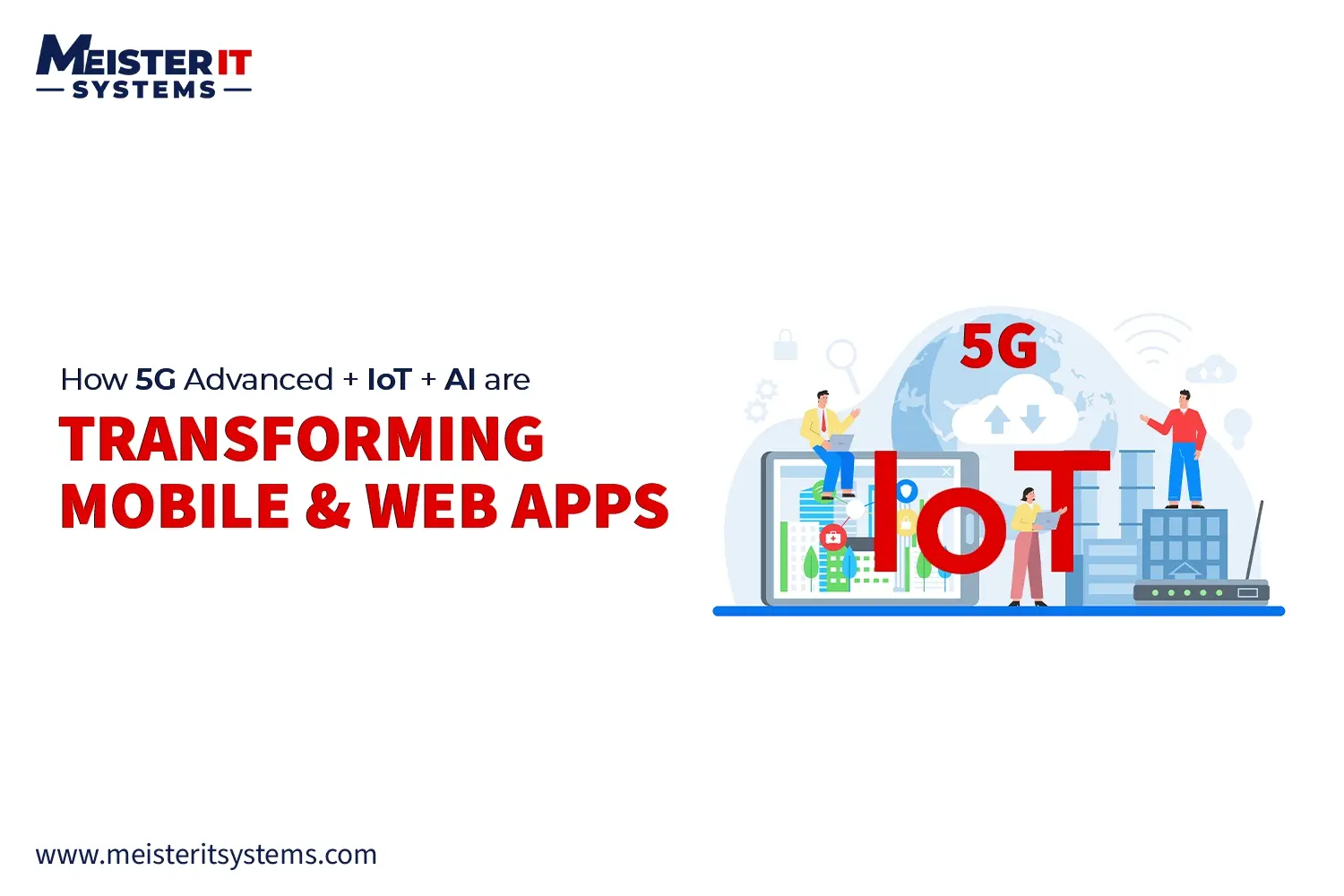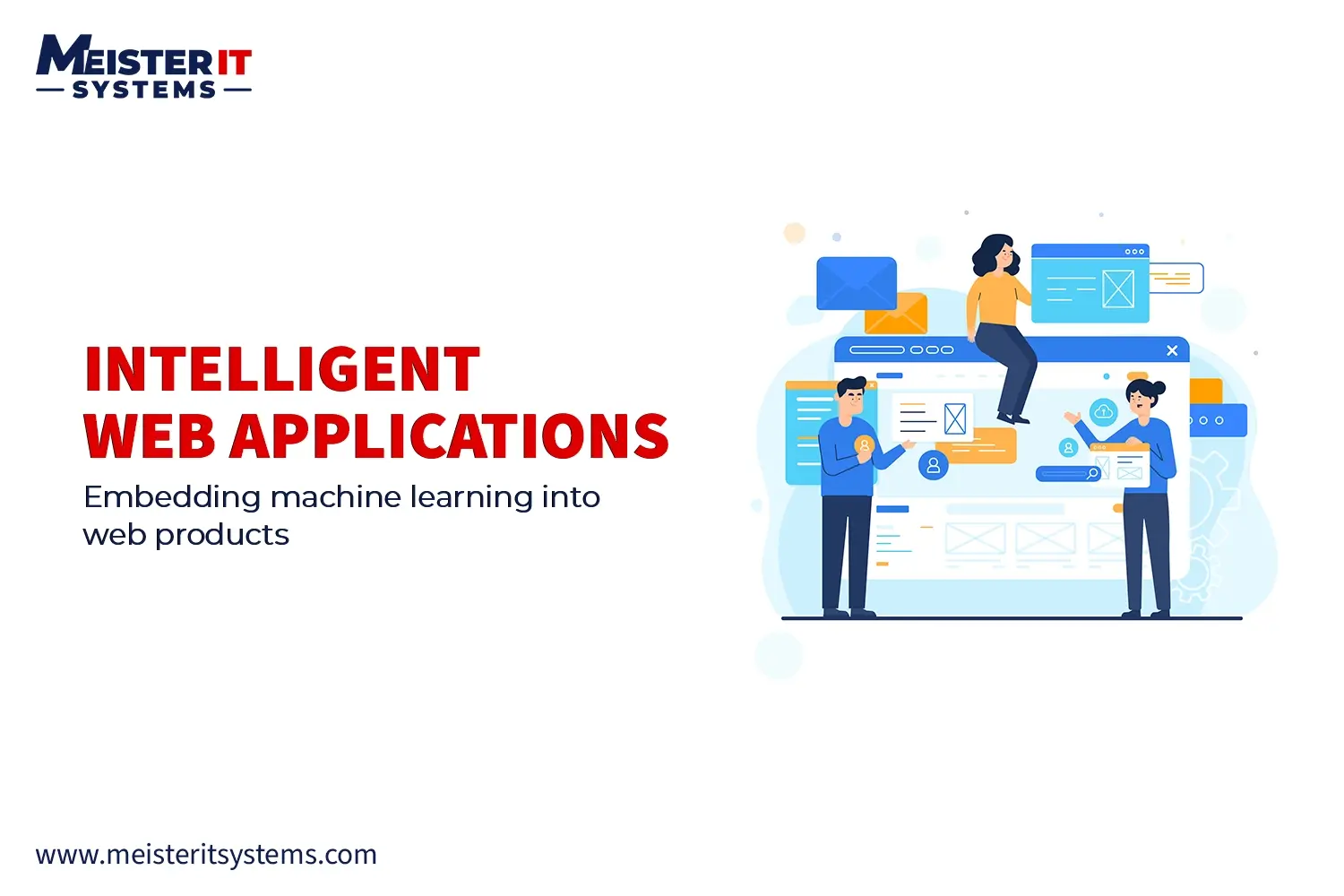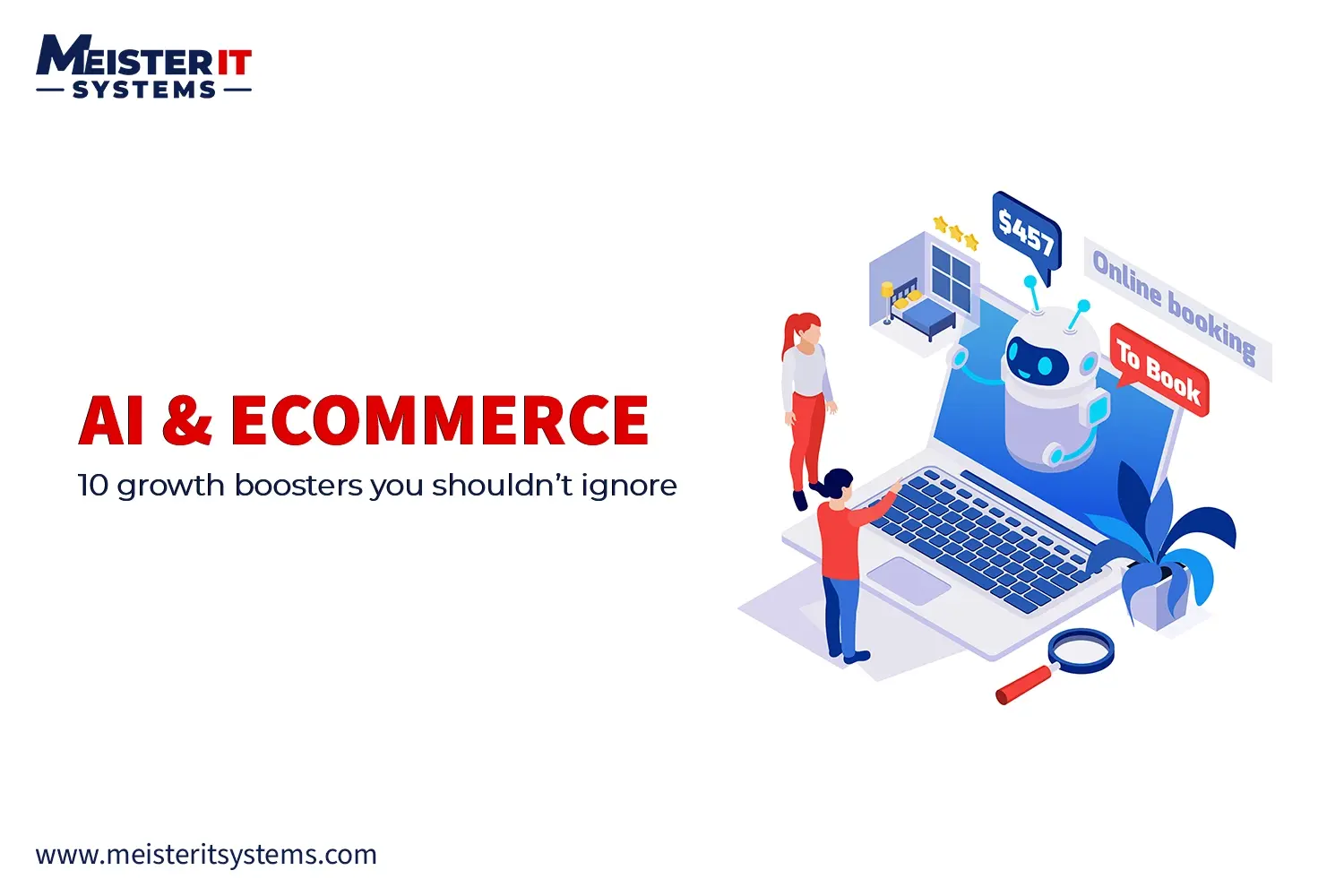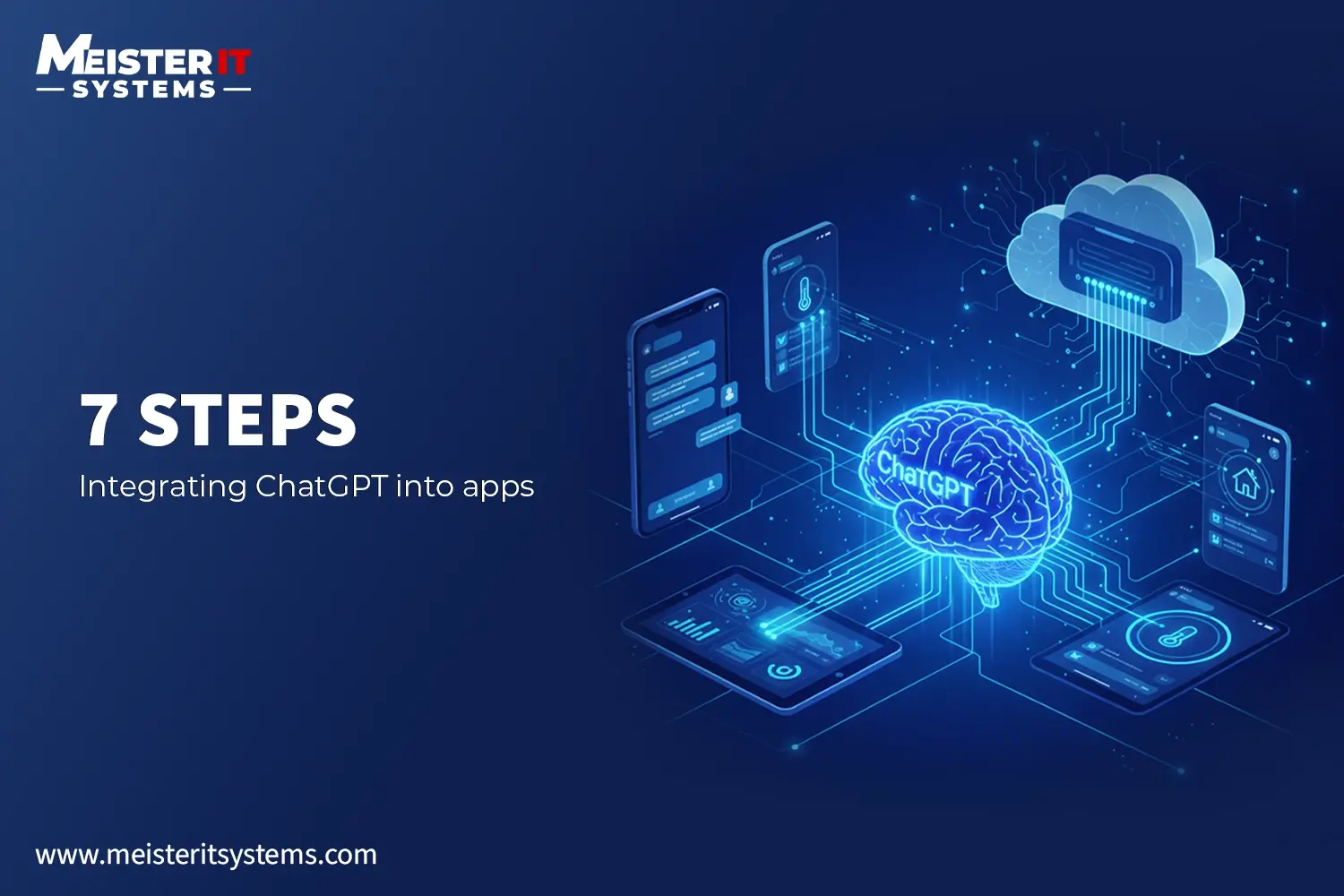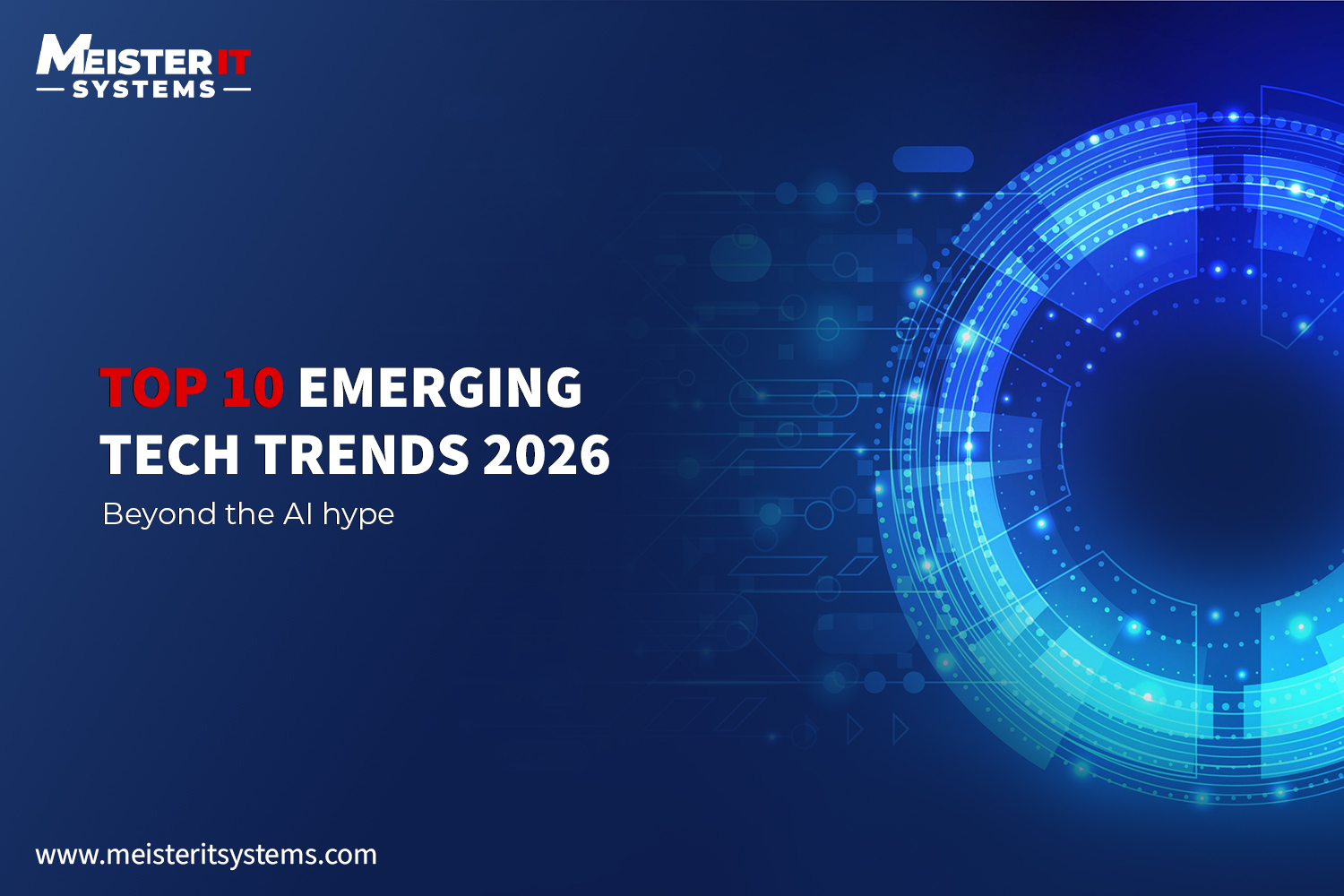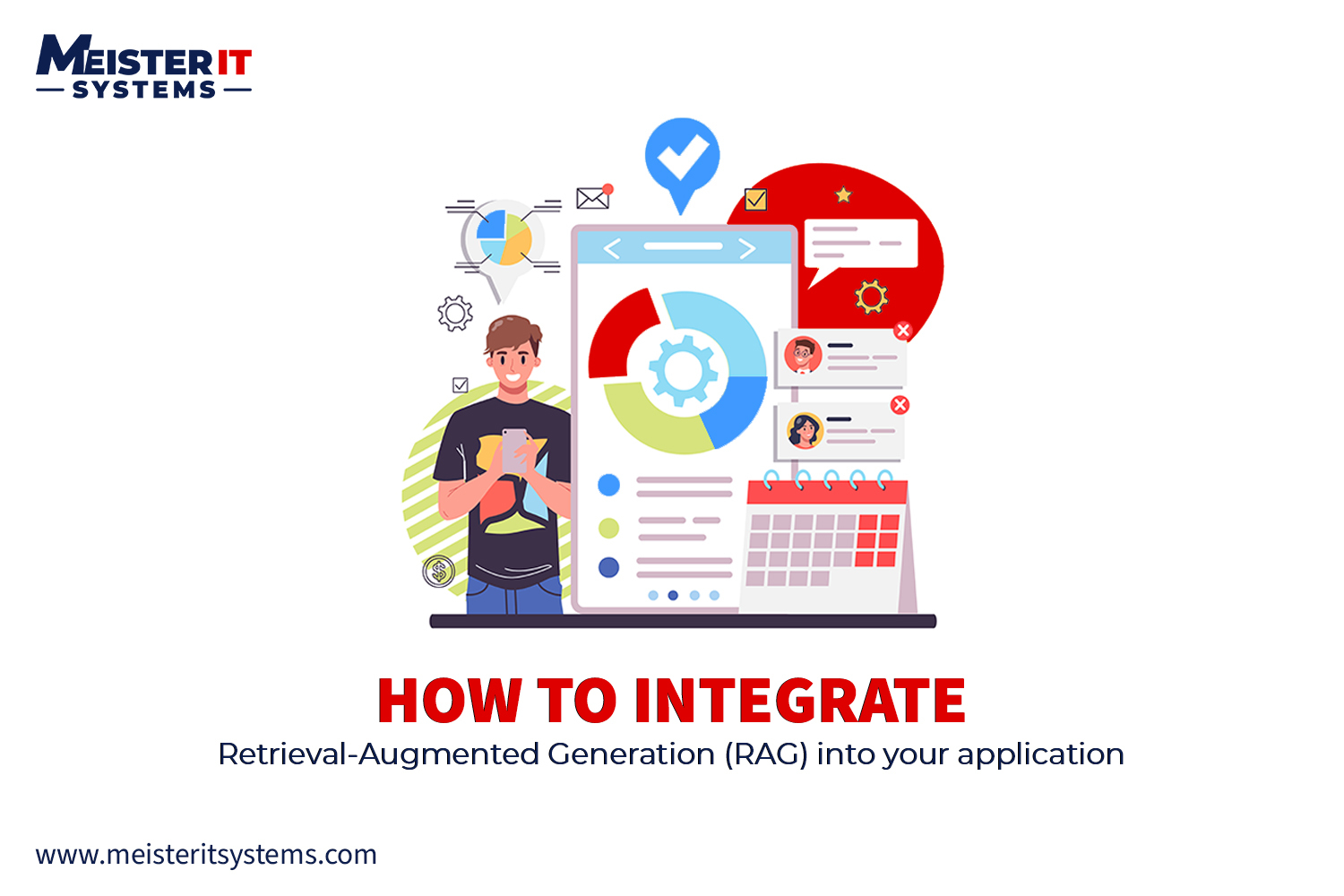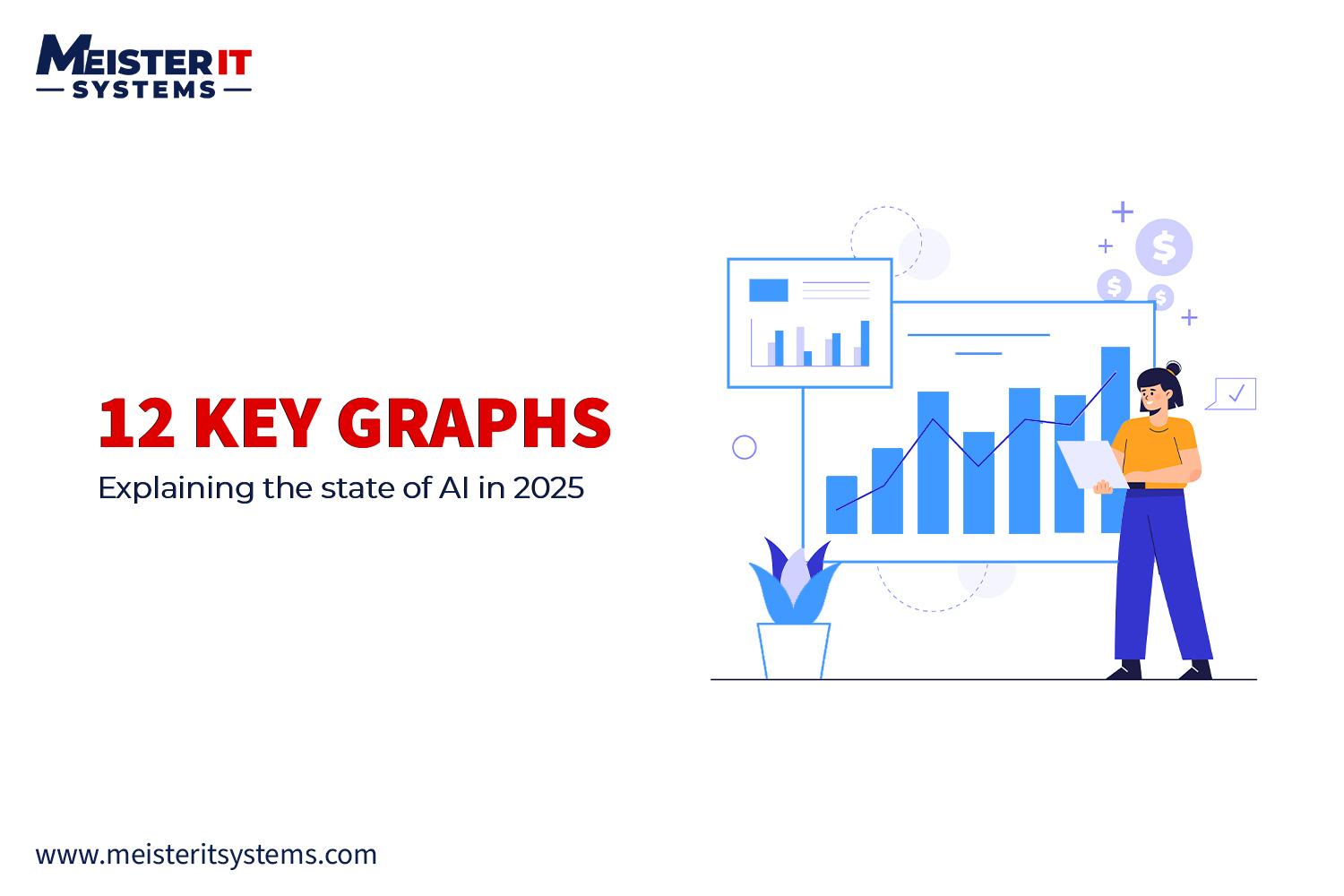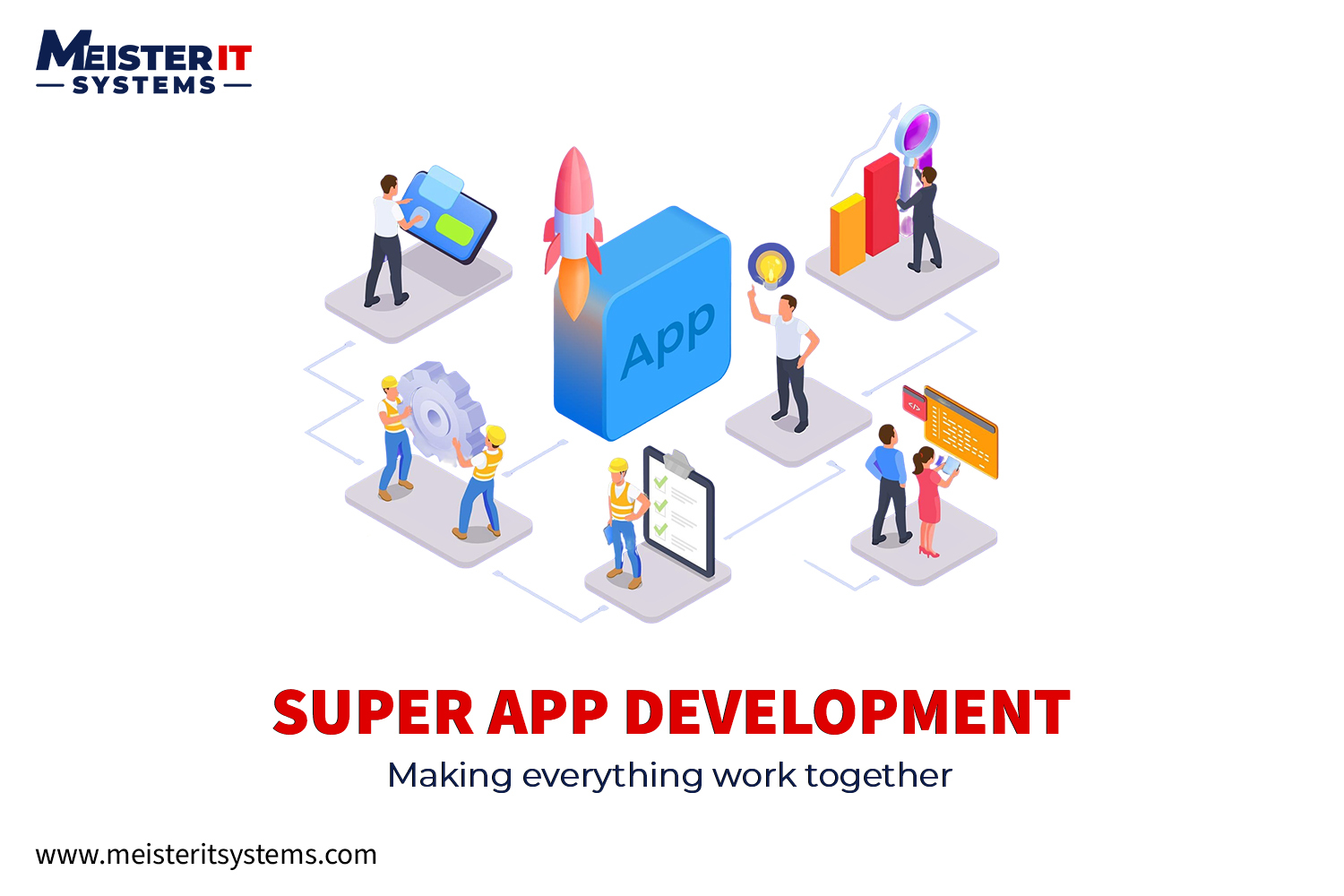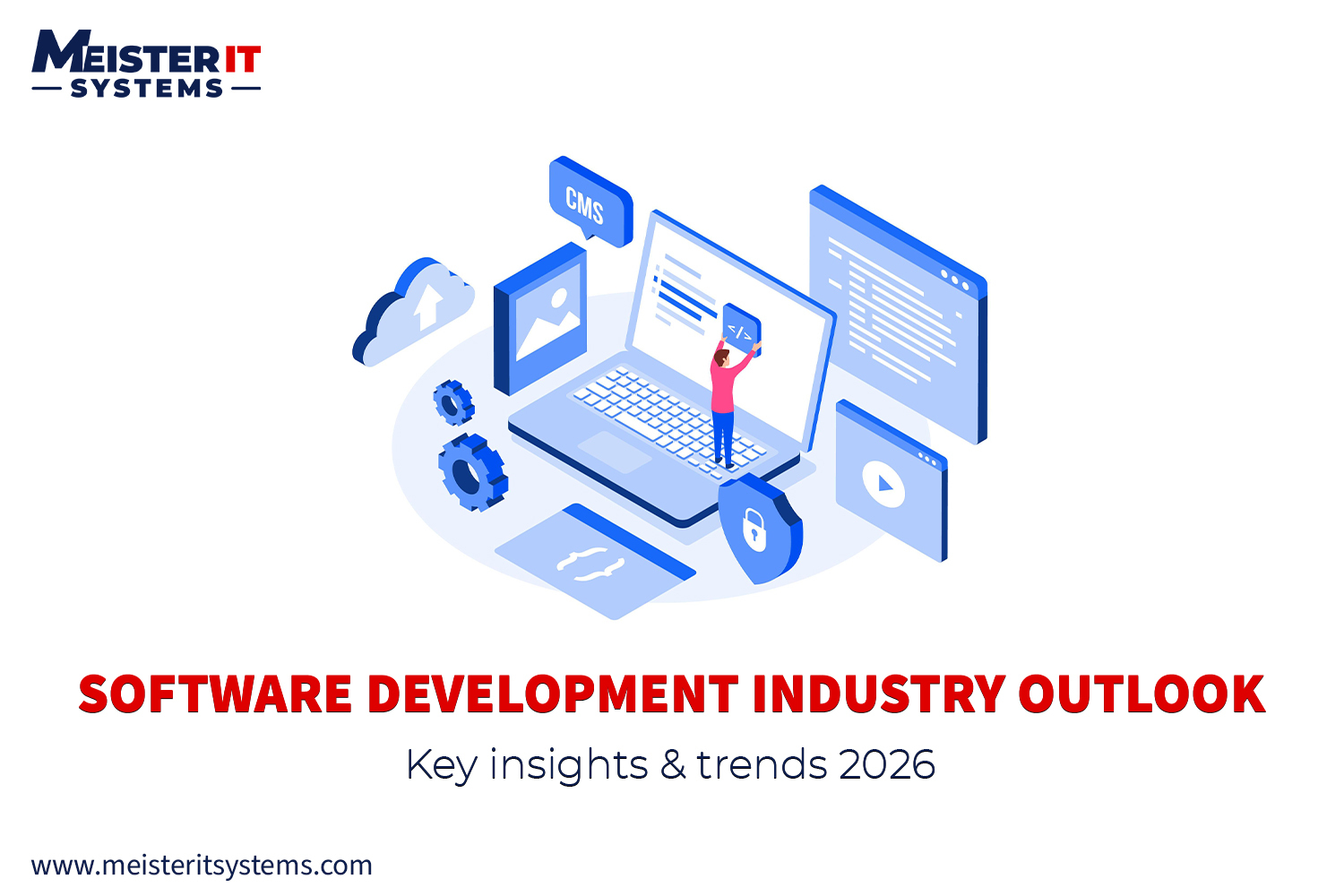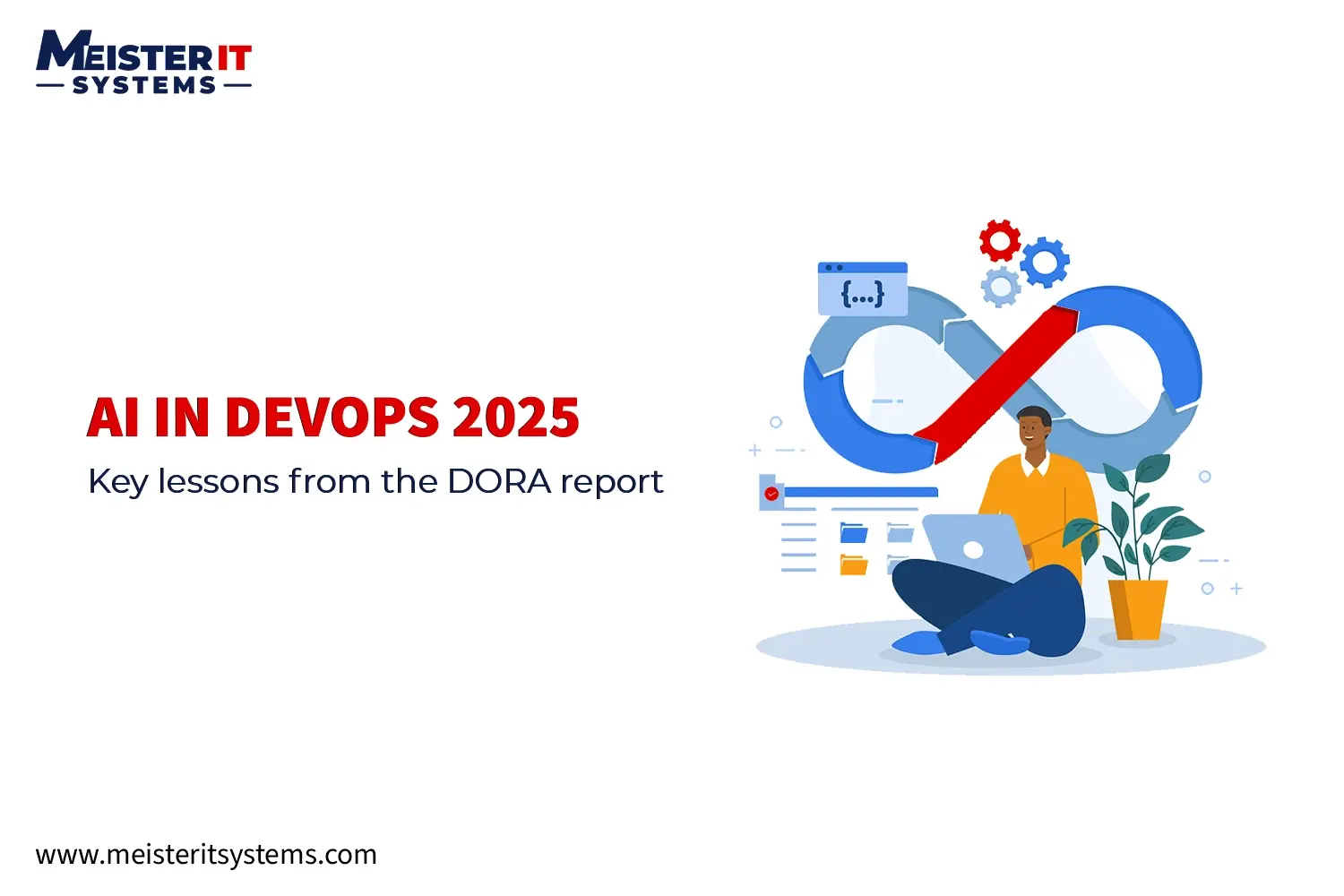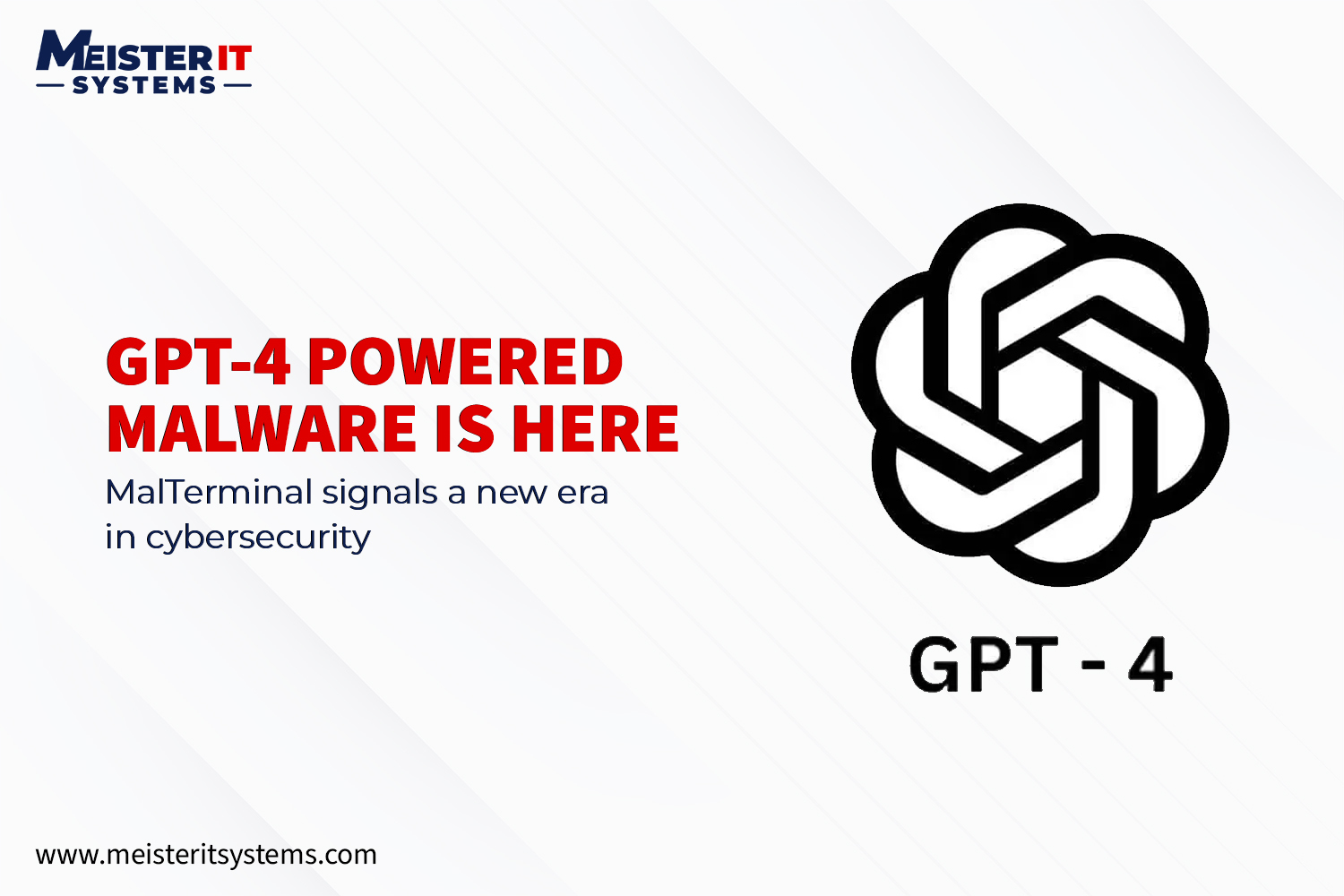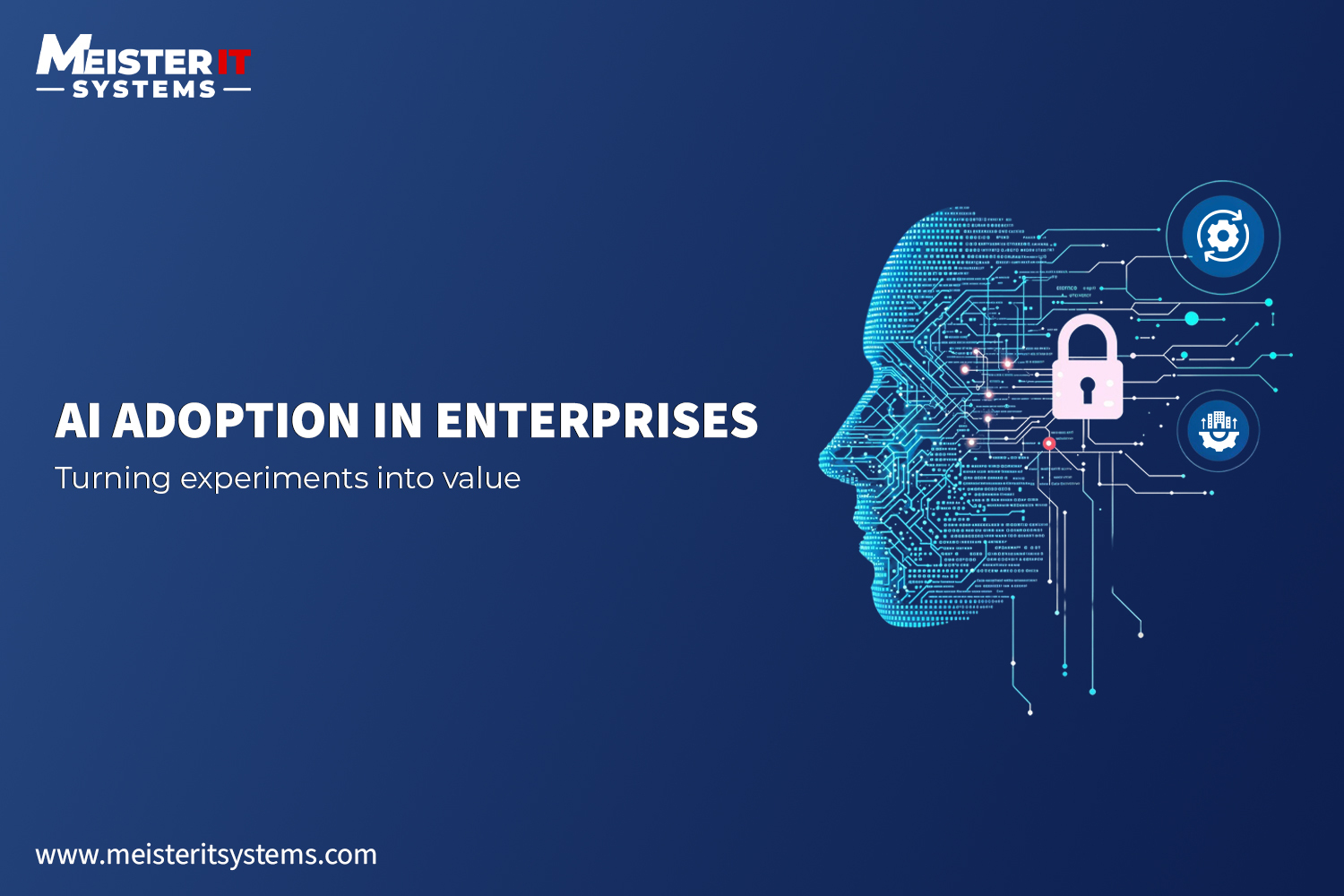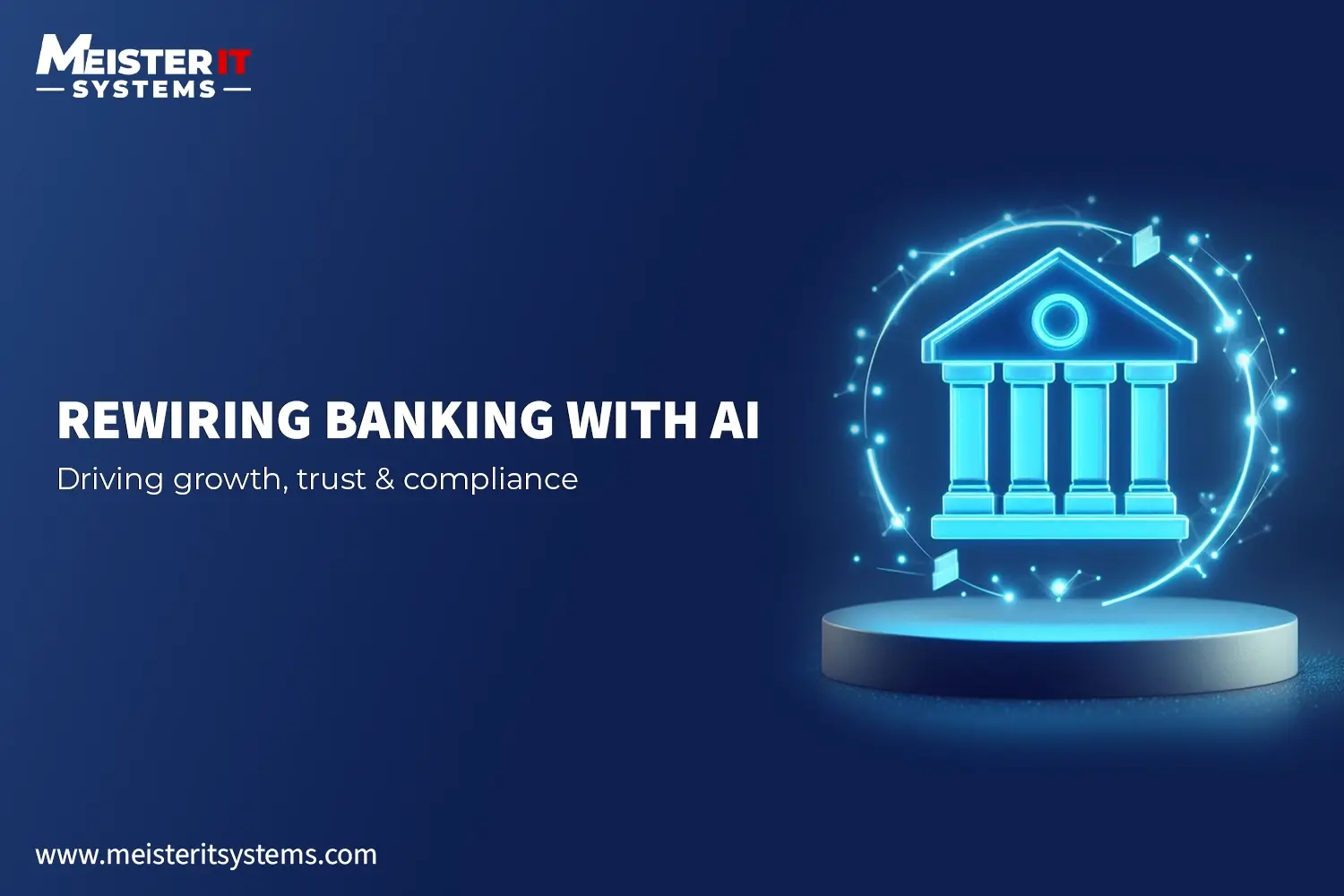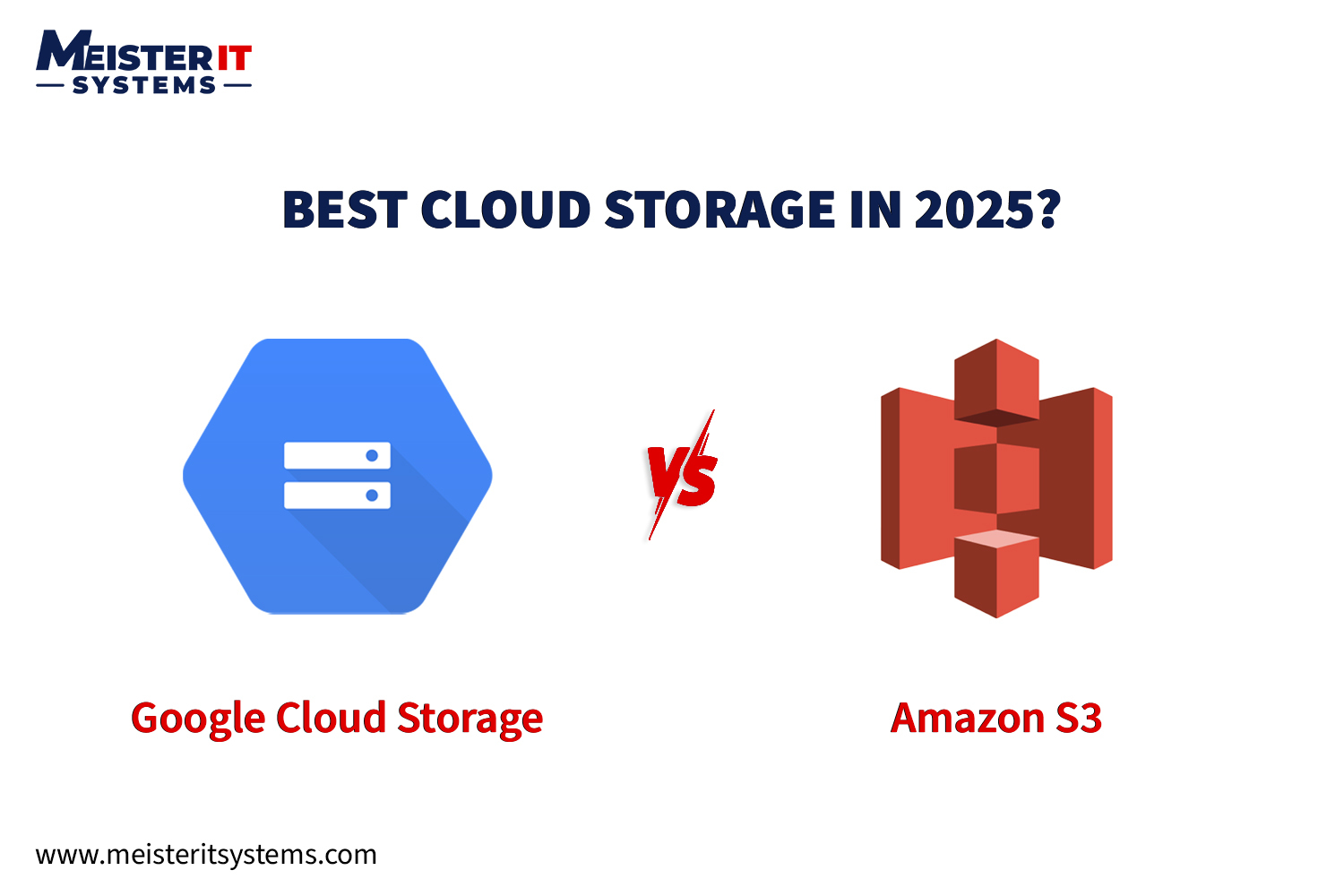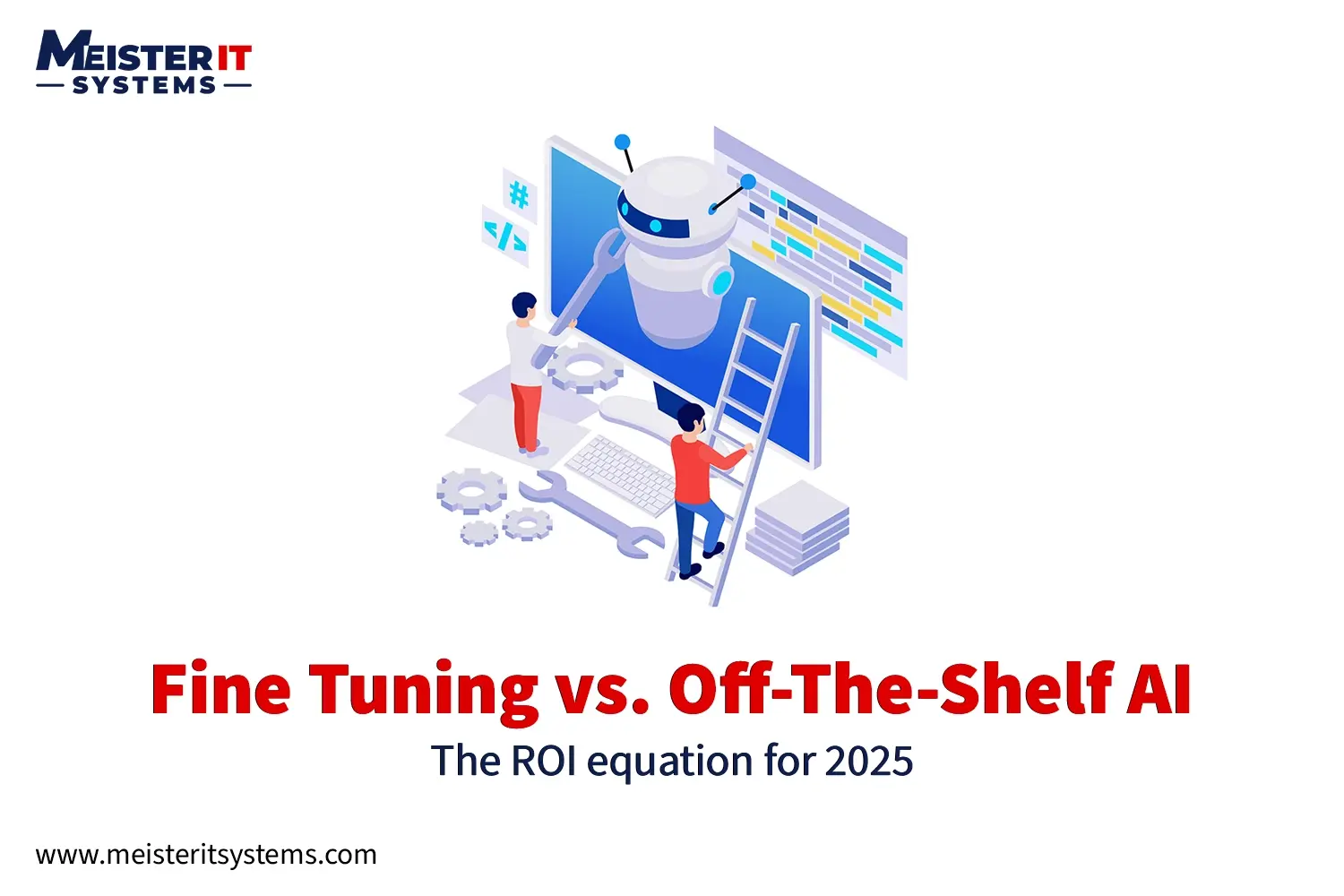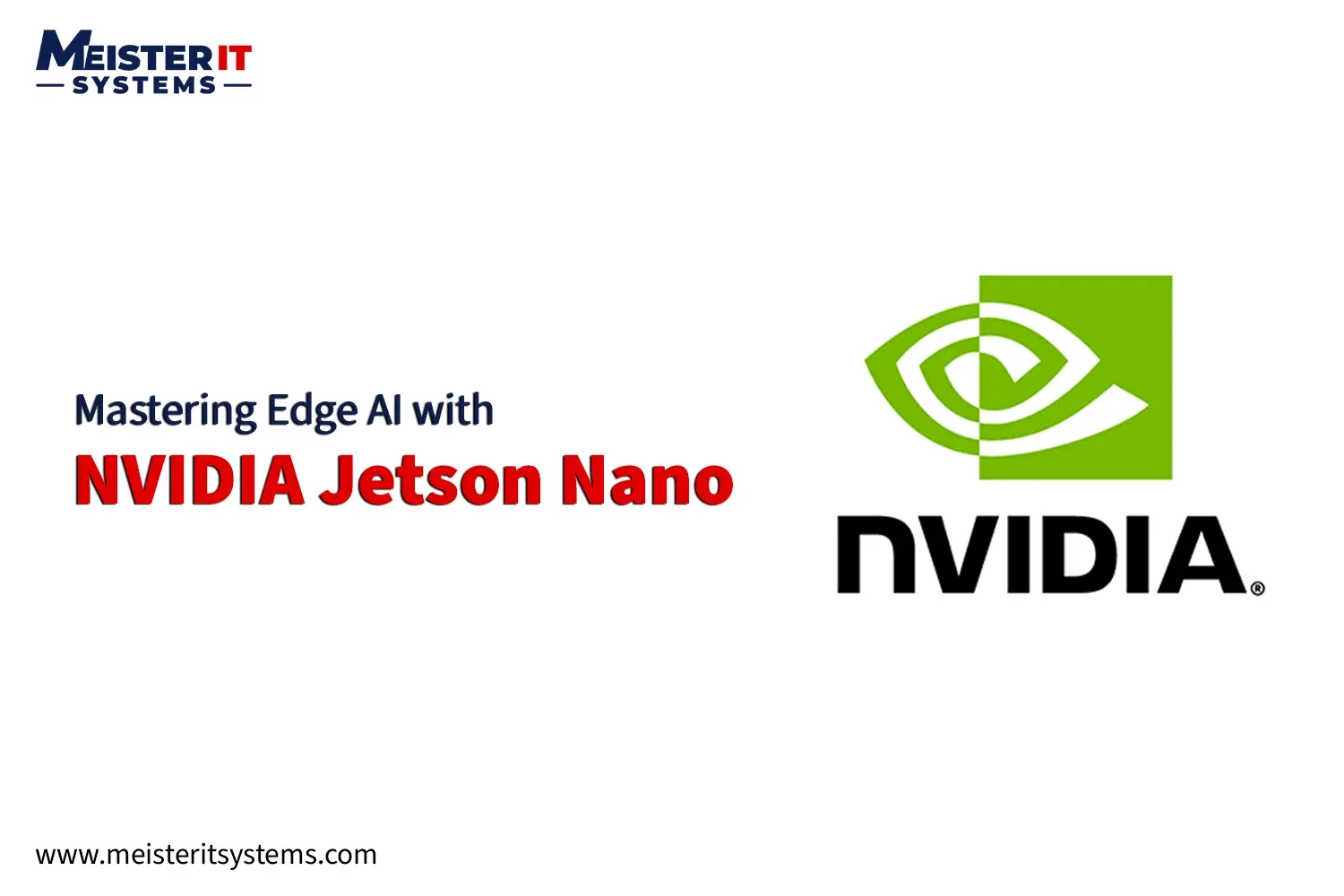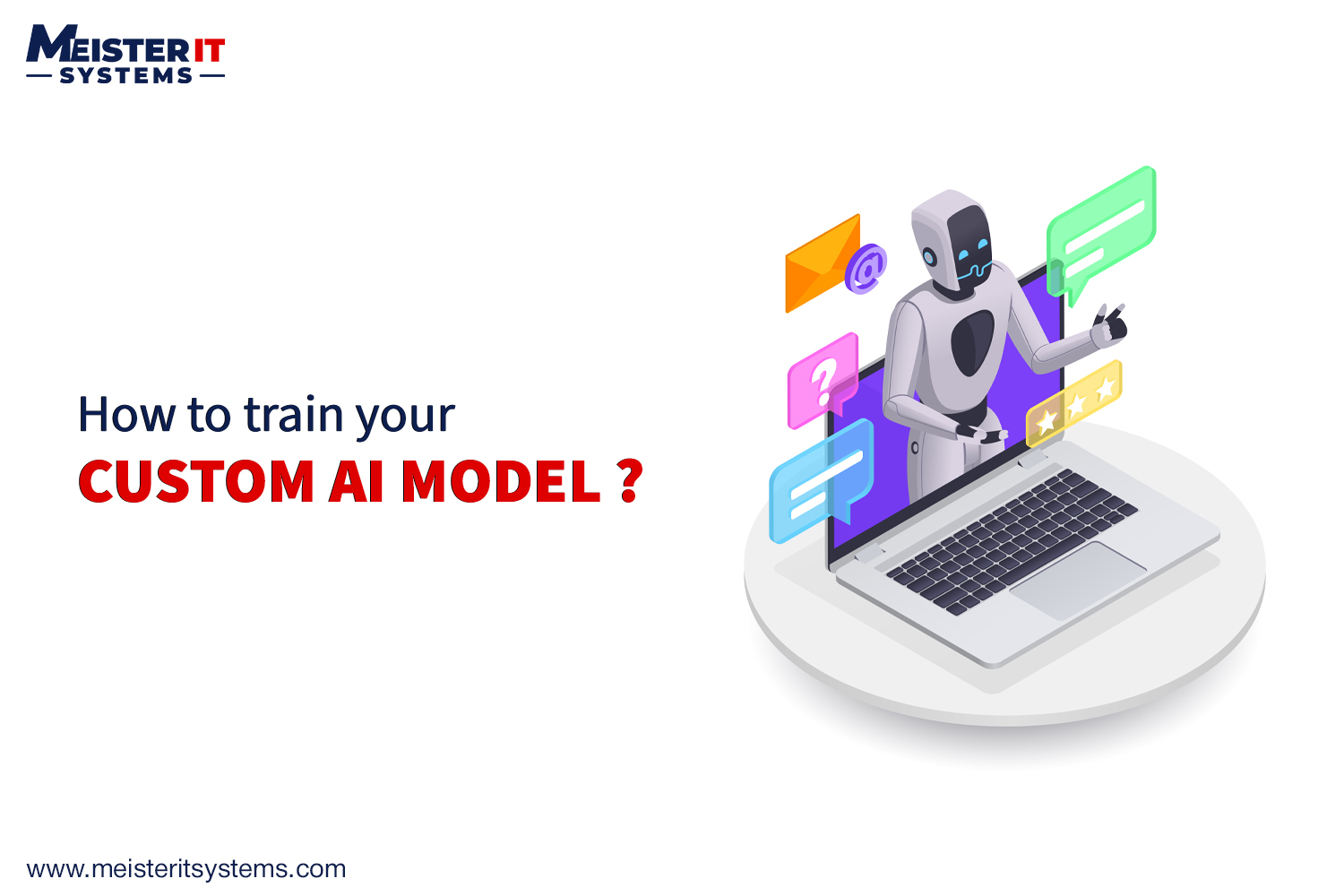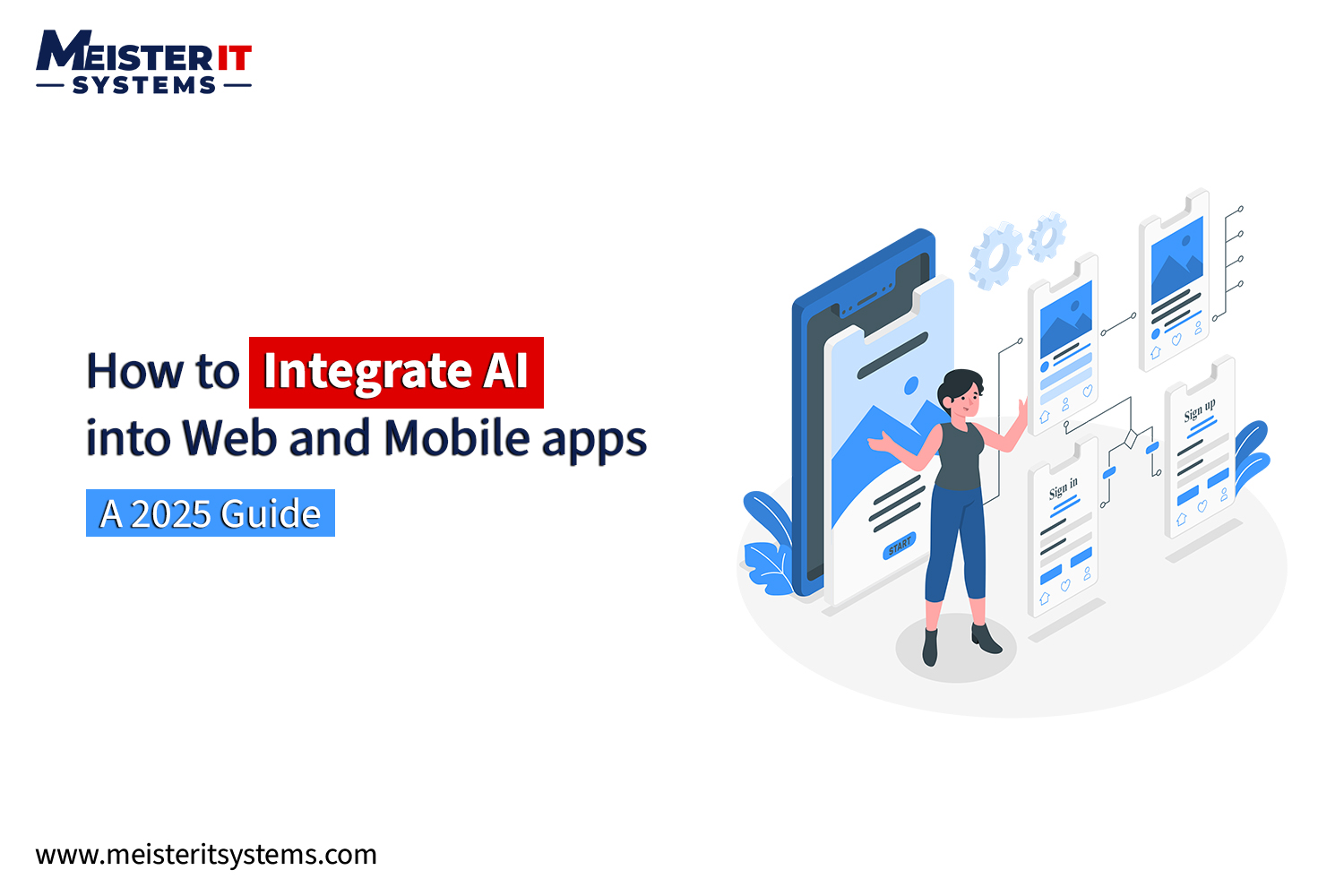
Apps that do not evolve will not survive in 2025.
Users now expect apps to predict intent, personalize journeys, and respond in real time. For CTOs, the priority is no longer just performance or stability. It is about building intelligent systems that adapt, scale, and create value automatically.
Artificial Intelligence (AI) makes this possible. It powers smart recommendations, chat automation, anomaly detection, dynamic pricing, and more. The most successful digital products are already using AI across architecture layers to drive smarter outcomes.
This guide is built for CTOs and tech leaders who want to integrate AI into web and mobile apps the right way. From identifying use cases to choosing tools and structuring data, we cover everything you need to turn your app into a scalable, AI-powered product.
Let’s begin.
Why AI Integration is essential in 2025
AI is changing the way apps function. Users no longer settle for static content or one-size-fits-all experiences. Instead, they expect applications that understand them, adapt in real time, and provide value with every interaction.
What AI enables in modern apps:
- Smarter Search: AI understands context and intent, not just keywords.
- Personalized Experiences: Recommends relevant content, products, or actions.
- 24/7 Automation: Handles queries, schedules, and support through AI bots.
- Predictive Insights: Analyzes patterns to forecast behavior or outcomes.
- Computer Vision: Identifies images, documents, and faces instantly.
Businesses that embed such features directly into their apps are creating stronger engagement, better retention, and more scalable growth.
What can AI do inside your app?
AI in mobile apps often sounds more complicated than it is. But knowing what AI is truly capable of helps you focus on practical and valuable integration. Below are the 4 core capabilities every app builder should understand.
1. Understand
AI helps your app make sense of human language using Natural Language Processing (NLP) and voice technology. This enables features like smart search, voice commands, and chat that feels human and responsive.
2. Predict
AI looks at past behavior to predict what users will do next. This means better personalization, timely recommendations, and proactive support.
3. Create
With generative AI, your app can write content, generate visuals, or respond to messages automatically. It keeps content fresh and saves users time.
4. Automate
AI can handle routine tasks like routing questions, flagging errors, or organizing data. This makes your app faster, smarter, and easier to manage.
Avoid the myth: Don’t integrate AI just for buzzwords. Use it to solve real, scalable problems your users face.
AI Use Cases by Industry and App Type
Here’s a look at how various industries are using AI inside their applications:
| Industry | AI Use Case in Apps |
|---|---|
| E-commerce | Product recommendations, smart search, and dynamic pricing |
| Healthcare | Symptom triage bots, AI diagnostics, and medical chat interfaces |
| Logistics | Delivery ETA prediction, route optimization, fleet tracking |
| Fintech | Fraud alerts, credit scoring, transaction analysis |
| SaaS | Churn prediction, dynamic onboarding, and usage forecasting |
| HRTech | Resume screening, engagement prediction, hiring automation |
These use cases are now common, not experimental. Leading apps already have them live.
Quick Wins: Fastest ways to add AI to your app
Not every AI integration needs to be complex. If you’re looking for a fast and effective way to enhance your app, start with features that are easy to implement and offer immediate value.
Here are three proven AI integrations you can add fast, often within weeks:
- Add a Chat Layer: Use OpenAI or LangChain to build smart chat interfaces or support bots that can answer complex queries.
- Enable Recommendations: Analyze past user behavior to personalize product, content, or course suggestions using basic ML models.
- Deploy Voice or Vision AI: Use ML Kit, Core ML, or TensorFlow Lite to power document scanning, voice commands, or object recognition.
Where AI lives in your app architecture?
AI does not require a full rebuild of your app. It adds value when integrated into the existing system. Knowing where AI fits in your app helps you plan smart, efficient, and scalable implementations.
To build a truly intelligent product, it’s important to see how AI layers connect across your system. From user-facing interfaces to backend logic and data flow, AI can be embedded where it drives the most value.
Typical architecture for AI-Enabled apps:
- Frontend Layer: Use AI-powered autocomplete, voice input, or image capture. Libraries like TensorFlow.js or Core ML help you run models on-device.
- Backend Layer: Use APIs or custom ML pipelines to process data, make predictions, and return responses.
- Data Layer: Your app’s performance depends on quality data. Data pipelines must clean, organize, and feed fresh inputs to AI systems.
You can use tools like AWS SageMaker, Google AI, or OpenAI APIs for common AI needs. For more control, custom ML models can be trained and deployed.
Designing for AI-First user experience
AI is reshaping how users interact with digital products. It is no longer enough to design static flows. Interfaces must now adapt, predict, and respond intelligently in real time. Designing for AI means thinking beyond traditional UX. Every interaction should feel smart, helpful, and personalized.
Key UX changes in AI-Powered apps:
- Adaptive Interfaces: Menus, content, and user flows adjust dynamically based on behavior, preferences, and interaction history.
- Intent Prediction: AI can anticipate user actions and serve the right features or content without needing explicit input.
- Explainability: Users should understand why the app suggested something. Transparent decisions build trust and improve usability.
For example, an AI-first finance app might surface real-time insights the moment spending behavior changes.
Core Technologies used in AI Integration
Let’s look at the technologies that power AI features inside your app.
1. Machine Learning (ML)
The foundation of AI. ML models learn from past data to make predictions. These models power everything from personalized recommendations to fraud detection.
2. Natural Language Processing (NLP)
It helps apps understand, process, and respond to human language. Ideal for chatbots, smart searches, and voice commands.
3. Computer Vision
It is used for identifying objects, people, or documents in images and videos. Think barcode scanners, face recognition, or medical imaging.
4. Generative AI
It creates new content—text, images, and audio from prompts. Useful for dynamic content generation and chat-based apps.
5. Cloud-Based AI Services
It offers plug-and-play AI APIs. Here are the examples:
- AWS AI & ML Services (Lex, SageMaker, Rekognition)
- Google Cloud AI (Dialogflow, Vision API)
- Azure Cognitive Services
- OpenAI (for natural language understanding and generation)
These services reduce the need for building custom models and make AI integration faster.
Responsible AI: Privacy, Ethics & Bias
AI brings power but also responsibility. As apps become smarter, it’s critical to build them with fairness, security, and transparency in mind.
Key Considerations:
- Data Privacy: Secure all user data, use encryption, and ensure compliance with privacy regulations like GDPR or CCPA.
- Bias in Models: Monitor training data and results to reduce unfair bias and promote inclusivity across diverse user groups.
- User Transparency: Inform users when AI is making decisions, and offer the option to review or override these decisions where possible.
- Accountability: Implement clear logging and auditing for AI decisions so teams can trace and fix issues if needed.
- Sustainability: Choose models and platforms that optimize compute resources, helping reduce the carbon footprint of AI operations.
Our dedicated development team embeds responsible AI practices into every solution we build. Our focus is on delivering not just smart systems, but also safe, fair, and explainable AI.
AI Integration Checklist
Before you start, here’s a quick checklist to plan a successful integration.
- Defined use case and success metrics
- Clean and relevant data sources
- Chosen ML model or external API
- Secure data handling practices
- UX adapted for AI interactions
- Compliance and transparency built-in
Choose MeisterIT Systems for AI Integration
At MeisterIT Systems, we have delivered intelligent, scalable, and secure apps for over 100 clients across industries. We combine deep technical expertise with strategic insight to help you integrate AI that performs.
Our AI Integration Services Include:
- User-first AI UX design
- Implementation of NLP, computer vision, and generative AI
- Data engineering and end-to-end ML pipelines
- Seamless integration with OpenAI, AWS Bedrock, Google AI, and other platforms
- Scalable deployments built on modern cloud infrastructure
We go beyond proofs of concept. Every project is built to deliver measurable value, solve real problems, and scale with your business.
“With MeisterIT Systems, we didn’t just build a smarter app. We redefined how our users interact with our platform.”
— CTO, LogisticsTech Client
Conclusion
AI is now a must-have for building apps that are smart, fast, and user-friendly. It helps you personalize experiences, automate tasks, and make better decisions in real time. But to get real value, AI needs to be used the right way with clean data, clear goals, and thoughtful design.
At MeisterIT Systems, we help you plan and build intelligent apps that grow with your business. From strategy to launch, our team supports you every step of the way.
Ready to upgrade your app with AI?
Talk to our experts and start building smarter digital experiences that truly deliver.



